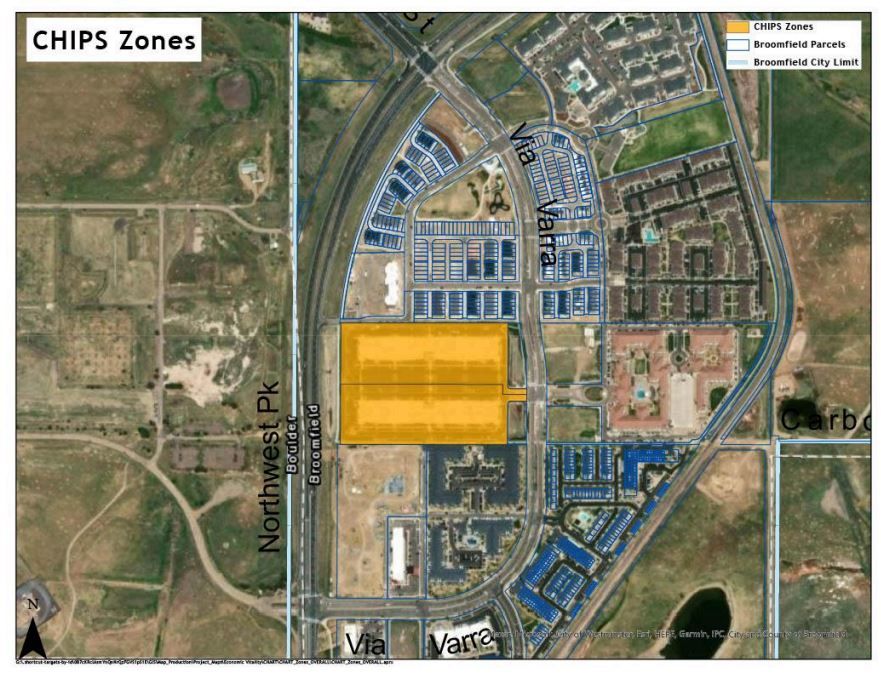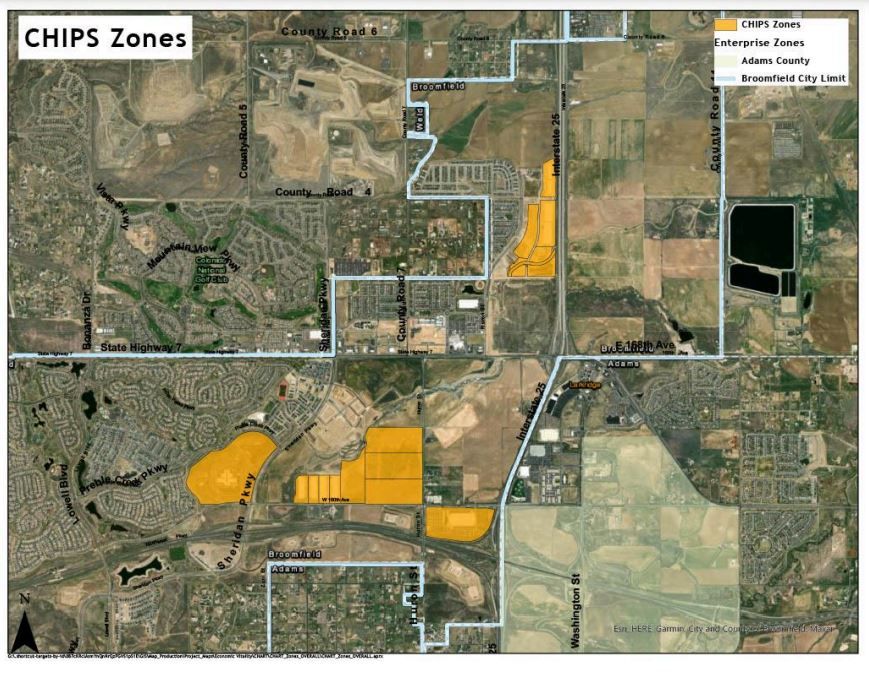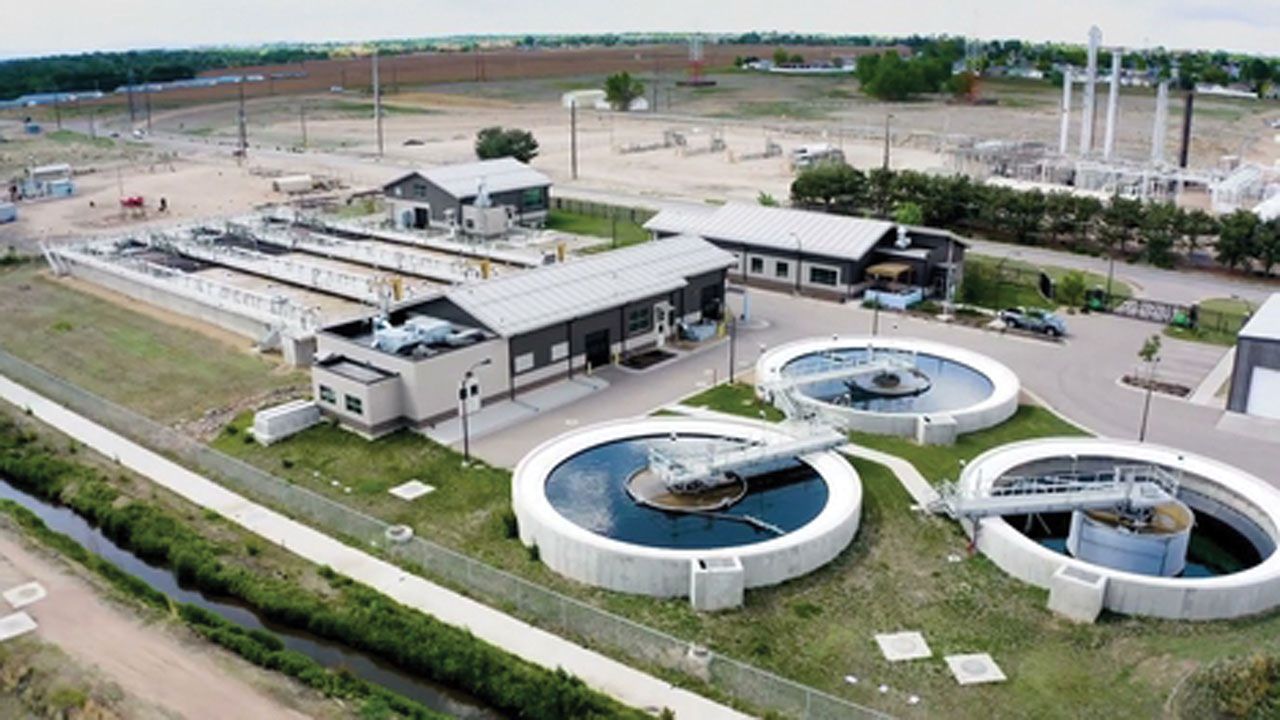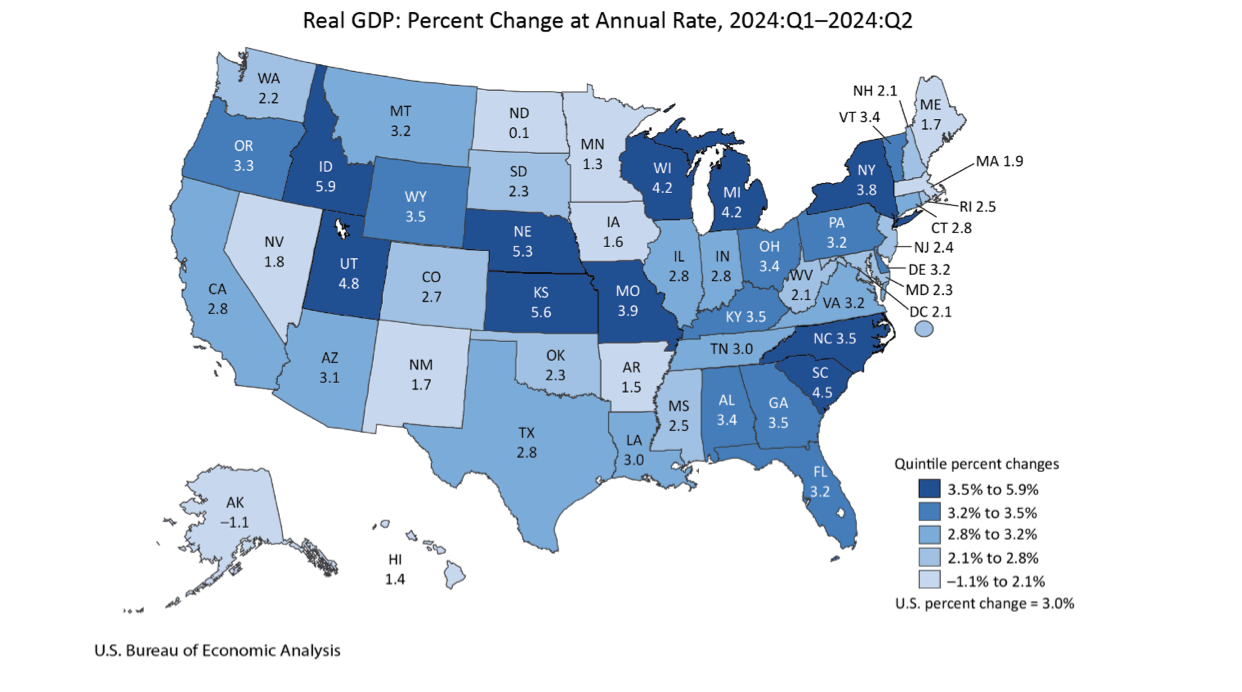Broomfield could seek CHIPS Zone designation

BROOMFIELD — The Broomfield City Council on Tuesday will decide whether to apply to the state for the formation of three CHIPS Zones in the city, which would make qualifying companies in the sector eligible for special tax incentives.
“The Broomfield CHIPS Zones are proposed for areas in specific areas or properties within the City and County that already contain businesses working in or tangentially related to the semiconductor industry, or that have spaces readily available to accommodate new or expanding businesses for these purposes,” a staff memo to the Broomfield City Council said.
The three areas where Broomfield hopes to establish CHIPS Zones are:
- Area 1: Includes portions of Interlocken, Arista and the Simms Technology Park development.
- Area 2: Includes the current buildings located at 13699 and 13601 Via Varra.
- Area 3: A swath of northeastern Broomfield properties that includes properties in and around the Baseline, Palisade Park and Connect25 developments.

Functioning similarly to Enterprise Zones, which provide tax incentives for companies operating in economically distressed areas, the concept for Colorado’s CHIPS Zones was developed on the heels the $280 billion Creating Helpful Incentives for Producing Semiconductors and Science Act, also known as the CHIPS and Science Act or simply the CHIPS Act. That bill, signed into law in 2022 by President Joe Biden, provides support for strengthening the nation’s position in semiconductor research, development and manufacturing.
Establishment of CHIPS Zones — which has already occurred in Longmont and Fort Collins — requires the signoff of the Colorado Economic Development Commission and the Colorado Office of Economic Development and International Trade.
Semiconductors are used in every electronic device, from cars to cell phones, military hardware to medical devices, computers to clean-tech equipment.

The Semiconductor Industry Association estimated prior to the passage of the CHIPS Act that the U.S. share of global semiconductor manufacturing capacity has dropped from 37% in 1990 to 12% in 2022. Much of the capacity resides in East Asia, including China and Taiwan.
U.S. Department of Defense officials long have argued for increasing U.S. semiconductor-manufacturing capabilities for national-security reasons. Semiconductors are used in all major U.S. defense systems, and foreign production raises concerns not only about supply chains but also about potential “backdoors” that can be inserted into chips, allowing them to be reprogrammed or shut off.
Additionally, the COVID-19 pandemic and resulting supply-chain disruptions prompted government and private-sector companies to rethink the “just-in-time” global supply-chain model, whereby goods arrive from suppliers only when needed.
The Broomfield City Council on Tuesday will decide whether to apply to the state for the formation of three CHIPS Zones in the city, which would make qualifying companies in the sector eligible for special tax incentives.
THIS ARTICLE IS FOR SUBSCRIBERS ONLY
Continue reading for less than $3 per week!
Get a month of award-winning local business news, trends and insights
Access award-winning content today!





